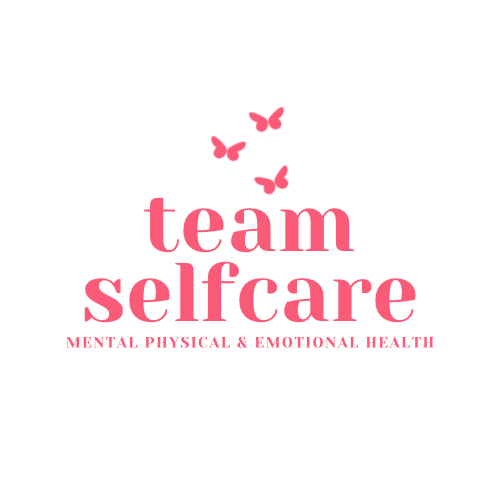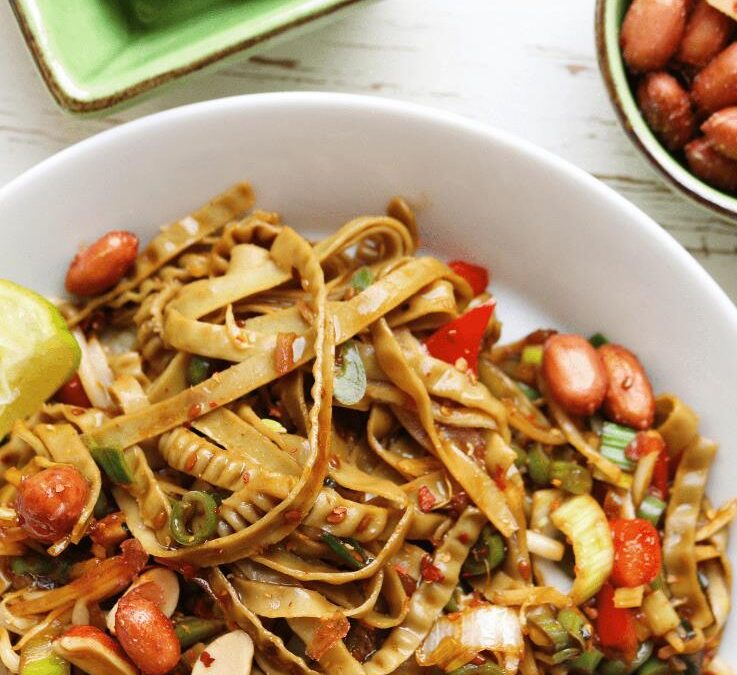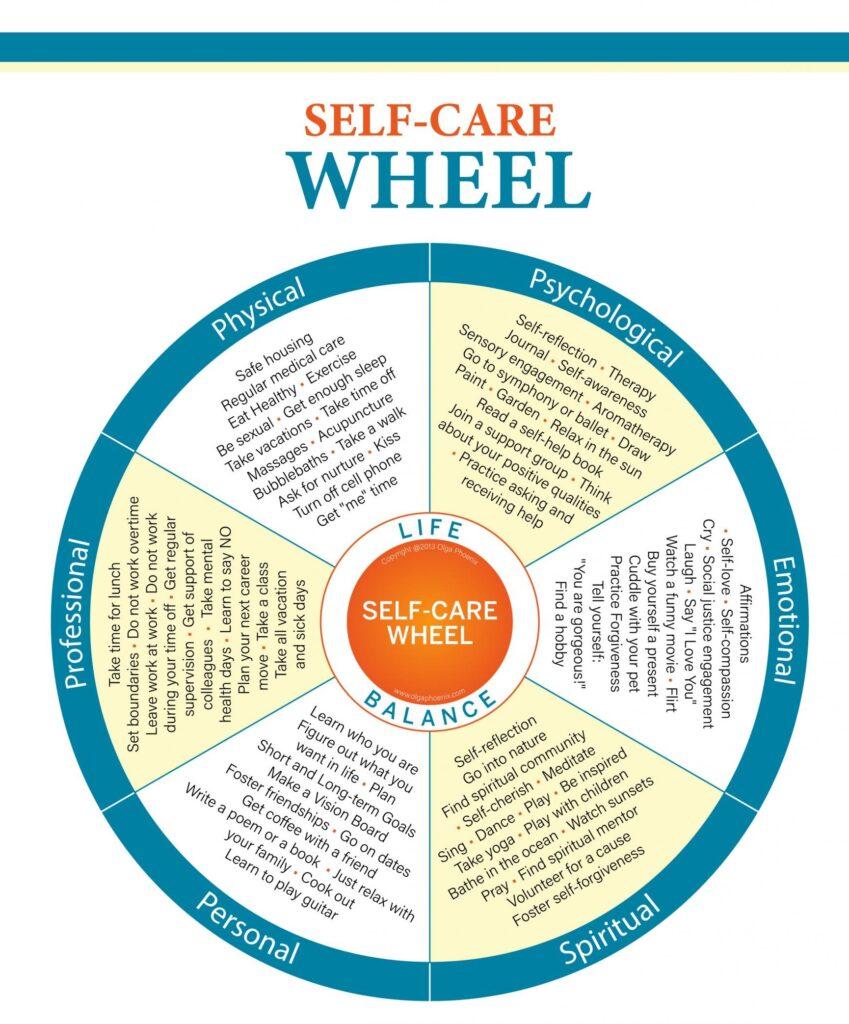There’s a way to ditch the diet culture, make peace with food, and prioritize your physical and mental wellbeing. It’s called “intuitive eating” and it’s not a weight loss program. Instead, it’s a way to get back in tune with your body and refocus your mind away from “food rules.”
Intuitive eating deprioritizes weight as a primary measure of health, while inviting you to eat the foods you want when you’re hungry—and stop eating when you feel full. This isn’t a “free for all” to give up and eat how much you want of whatever you want whenever you want it, either. It’s about getting back in tune with your body and showing it the respect it deserves
Eating intuitively means being curious about what and why you want to eat something, and then enjoying it without judgment. [Yes, without judgment.] It’s about trusting your body’s wisdom without influence from outside of yourself. It’s about removing the labels of “good” or “bad” food and ditching the guilt or pride about eating a certain way. It’s about accepting food—and our bodies—as the amazing wonder that they really are and a belief that there truly is no “right” or “wrong” way to eat.
The science behind intuitive eating
Studies show that people who eat intuitively tend to also have lower body-mass indices (BMIs) and higher levels of body appreciation and mental health. They are also associated with lower blood pressure, cholesterol levels, and inflammation.
A review of eight studies compared “health, not weight loss” eating styles with conventional weight-loss diets. While they found no significant differences in heart disease risk factors between the two types of diets, they did find that body satisfaction and eating behavior improved more for people in the “health, not weight loss” groups.
Another review of 24 studies of female college students showed that those who eat intuitively experience less disordered eating, have a more positive body image, and greater emotional functioning.
Overall, there is a growing amount of research that shows the benefits of intuitive eating on both physical and mental health.
Intuitive eating and Health at Every Size
The non-diet approach of intuitive eating fits within the concept that there can be health at every size. The idea behind Health at Every Size (HAES) is to be inclusive of all weights and de-emphasize weight as the main factor to assess someone’s health. The way someone’s body looks does not tell the whole story about their overall health and wellbeing. Instead, their habits and lifestyle are more important factors than simply their size and shape.
Like intuitive eating, the HAES paradigm has several principles. They are weight inclusivity, health enhancement, respectful care, eating for well-being, and life-enhancing movement. These include accepting the diversity of body shapes, supporting equal access to health information and services, promoting eating based on hunger and satiety, working to end weight discrimination and bias, and encouraging enjoyable physical movement.
Also, like intuitive eating, the focus of HAES is less toward weight loss and more toward sustainable healthy habits. According to HAES, the objective is to “advance social justice, create an inclusive and respectful community, and support people of all sizes in finding compassionate ways to take care of themselves.

Final thoughts
Intuitive eating helps to improve your relationship with food and your body and mind. It’s about challenging external rules and subconscious habits around eating. It also challenges feelings of guilt or shame associated with eating a certain way.
To eat intuitively, listen to your body’s hunger and fullness cues, enjoy a wide variety of foods (because none are inherently “good” or “bad”), and respect your body.





